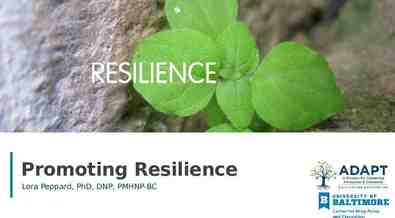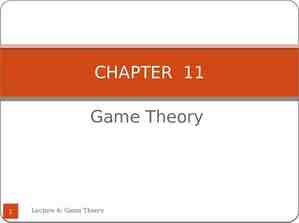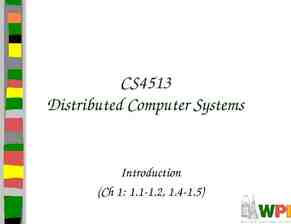The Chicano Movement
23 Slides784.85 KB

The Chicano Movement

Chicano A Mexican American A term of ethnic pride Developed out of the Hispanic Civil Rights Movement. 2

Chicano Movement Focused on 3 main Points: Farm Workers Educational Rights Voting and Political Rights 3

United Farm Workers During the 1940’s and 1950’s landowners in the West, especially California exploited their workers. The U.S. had allowed Mexicans to work in the U.S. during WWII. However, after the war employers were suppose to give preference to U.S. citizens. 4

THINK-PAIR-SHARE THINK – What are 2 ways that the employers may have “exploited” the Mexican workers? PAIR with someone close to you SHARE what you came up 5

United Farm Workers Most employers continued to use Mexican workers, because they could pay them very low wages, make them work long hours without a break, and mistreat them. They were also denied the ability to become citizens. 6

United Farm Workers 7

United Farm Workers Cesar Chavez and Dolores Huerta joined their two organizations to create the United Farm Workers. The goal was to unionize for better wages, working conditions, benefits. 8

10

United Farm Workers The group staged peaceful protests and boycotts. They organized workers which forced the employers to meet their demands. Filipinos also joined the workers. 11

12

United Farm Workers Benefits: Specific Hours and Pay Toilets and Water in fields Pension after retirement Protective gear against pesticides Amnesty for workers brought 13

Educational Rights Issues in education: Hispanic students were often placed in segregated schools. Unfair practices against Hispanic students College and University students worked with African Americans to established rights for both. 14

15

Educational Rights Groups such as the Brown Berets and MAYO (Mexican American Youth Organization) all formed to help fight for the rights of students. Students led Walkouts, Protests, and sit-in through out the West 16

17 The Brown Berets and Black Panthers met in the 1970’s.

Educational Improvements Introduction of Bi-lingual education in public schools. Integration of Hispanic students into White schools. Outlawed manual labor as a punishment. 18

Educational Improvements Introduction of Black and Hispanic History classes on College Campuses. 19

Voting and Political Rights Hispanic Americans were often segregated and persecuted as African Americans had been. La Raza Unida Political Party 20

Voting and Political Rights 1975: The Voting Rights Act of 1965 is extended to Hispanics. University of California v. Bakke Universities could not use Affirmative Action to limit Hispanics in Universities. 21

Walk out video http://player.pbs.org/partnerplayer/ VlFXCVbY80gDJMWx6A9wAg /? w 512&h 288&autoplay false&start 0&en d 0&chapterbar true&toolbar true&endscr een true

Choose 5 to answer in complete sentences Describe the conditions in the Los Angeles schools during the late 1960s. What were the educational prospects for Mexican American students at the time? Who was Sal Castro? How did Sal Castro’s personal history inform his actions on behalf of his students? What personal anecdotes do the students like Paula Crisostomo and Carlos Munoz share to describe how the school system perceived them and their potential? Sal Castro set out to instill pride and challenge the dire statistics of the school. What did he use to do this? According to Moctesuma Esparza, what term did students adopt to reference their identity? What is the history of the term? What did the Civil Rights Movement of African Americans in the South have to do with Mexican American kids in Los Angeles? What tactic did Sal Castro and the students choose to make their concerns known to the educational system? How long did they plan and how extensive was the participation? How did law enforcement perceive their actions? After several weeks of action, the school system agreed to hold meetings with students and parents to heir their concerns. What issues came up and what changes occurred because of the direct actions by the students and families? Unacceptable educational conditions prompted students to rise and act in the 1960s Los Angeles. What are some of the issues affecting students today? At your school? Are students doing anything about it? What issues would or do move you to step up and take action? What concrete steps would you or have you taken on an issue that is important to you?







